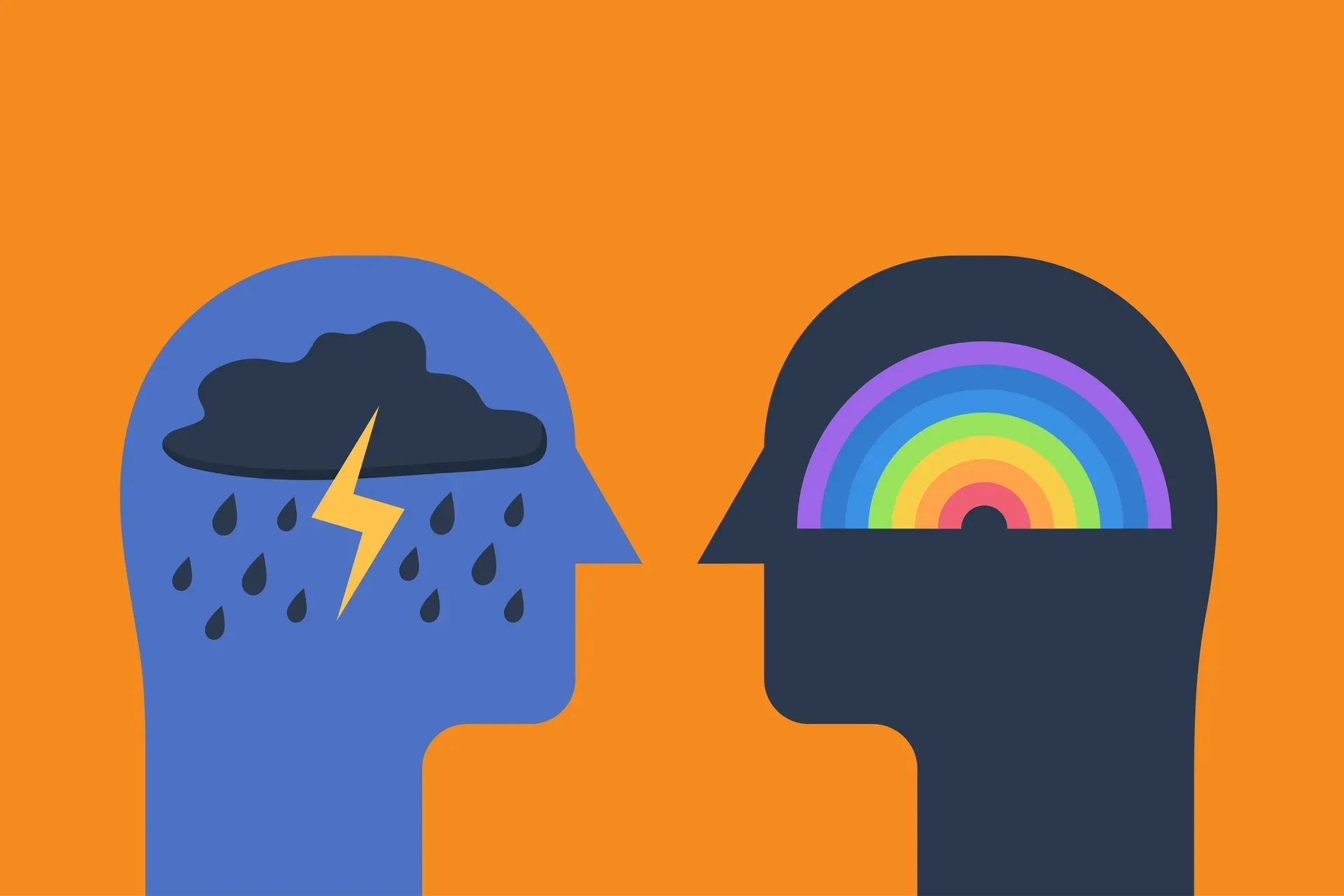All About the Teaching and Learning Cycle
A well-structured teaching and learning cycle is essential for fostering student success in the ever-evolving field of education. HARKE Recruitment recognises the significance of this cycle, which comprises four crucial phases: analysis for decision-making, planning and programming, classroom practice, assessment, feedback, and reporting.
Let’s explore each phase in detail and shed light on how you, as a teacher and educator, can help provide the best learning experience and environment for your students!
1. Analysis for Decision Making:
The first phase of the teaching and learning cycle involves a comprehensive analysis for decision-making. At HARKE Recruitment, we suggest teachers and educators focus on understanding where students currently stand in their academic journey. This phase prompts crucial questions such as: Where are my students now? What are their strengths and challenges? At HARKE Recruitment, we recommend systematically analysing student data, so teachers and educators can make informed decisions that lay the groundwork for personalised and effective teaching strategies.
2. Planning and Programming:
Collaborative curriculum planning is at the core of the second phase. We emphasise this process's importance in shaping students' educational experience.
Questions to answer for teachers and educators include: What do I want my students to learn? How can collaborative curriculum planning be leveraged to address individual learning needs? This phase is about setting clear learning objectives, selecting outcomes, and devising a roadmap that aligns with the goals of both educators and students.
3. Classroom Practice:
The classroom practice phase is where the planned strategies come to life. Teachers and educators implement the program using effective procedures, processes, resources, and organisation.
The questions guiding this phase include: How can I present new material engagingly? How do I support students in developing an organisational framework for unique content? The emphasis is on creating an inclusive and dynamic learning environment that caters to the diverse needs of students.
4. Assessment, Feedback, and Reporting:
The final phase of the teaching and learning cycle revolves around assessment, feedback, and reporting. We understand the importance of the evaluation embedded throughout the entire process.
Teachers and educators should ask: How can I gather evidence to judge students' learning? What adjustments are needed to ensure equitable access to assessment opportunities? This phase not only evaluates student progress but also provides valuable feedback to inform future directions for learning.
Continuous Improvement:
It is essential for teachers and educators to constantly reflect on their practices and engage in discussions with colleagues to share ideas and identify areas for improvement. The teaching and learning cycle is not linear but dynamic and iterative, allowing continuous refinement.
Conclusion:
The four teaching and learning cycle phases - analysis for decision-making, planning and programming, classroom practice, assessment, feedback, and reporting - collectively form a robust framework for effective education. At HARKE Recruitment, we love providing our teachers with valuable resources and information that will help foster a learning environment that will promote success and growth.
Contact
our team for more information and help find your next teaching role!








